Great Design Plant: Lilac Vine for a Purple Profusion in Winter
http://decor-ideas.org 03/07/2014 03:22 Decor Ideas
There aren’t many vines that put on a show in the middle of winter, but that is exactly when lilac vine shows off a profusion of purple flowers. As pretty as the flowers are, they aren’t fragrant, but when they fade, lush green foliage stands up well on its own in the landscape. Despite its delicate appearance, this Australian native is drought tolerant and handles the heat of Southwestern climates easily.
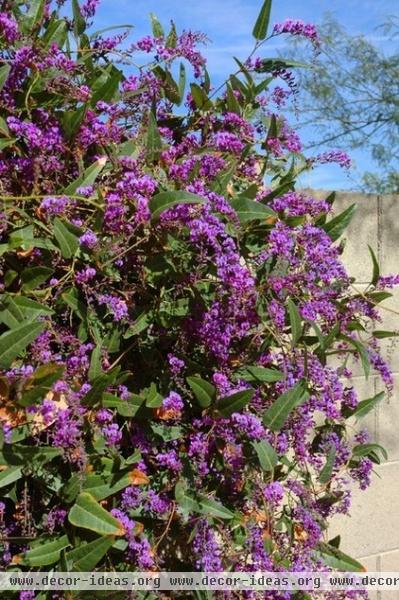
Botanical name: Hardenbergia violaceae
Common name: Lilac vine
Origin: Native to Australia
Where it will grow: Hardy to 20 degrees Fahrenheit (USDA zone 9; find your zone)
Water requirement: Low, but it looks best with supplemental water
Light requirement: Full sun to light shade
Mature size: 15 feet tall and 10 feet wide
Benefits and tolerances: Drought tolerant once established, but does best when watered deeply, once a week in summer and every other week in fall through spring
Seasonal interest: Purple, lilac-shaped flowers appear in winter and spring
When to plant: Spring or fall, from transplants
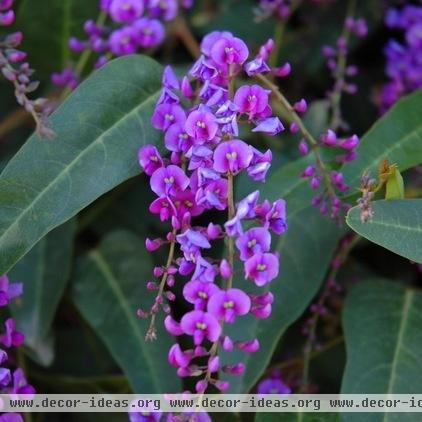
Distinguishing traits. In the middle of winter, purple masses of flowers cover the surface of lilac vine, bringing a welcome respite to winter’s dullness. Tiny, nonfragrant, sweet pea–shaped flowers grow together along a single stem, resembling lilacs, on this noninvasive vine.

The stems of lilac vine require support to grow upward and will twine around a trellis or pool fence.
Lilac vine is also known as coral pea vine or false sarsaparilla. The most common variety is ‘Happy Wanderer’, which has pinkish-purple flowers. There are other varieties too, such as ‘Rosea’, which has pink flowers; the variety ‘Icicle’ has white flowers. There is a smaller variety named ‘Mini-Ha-Ha’, which grows as a 3-foot-tall shrub instead of a vine.
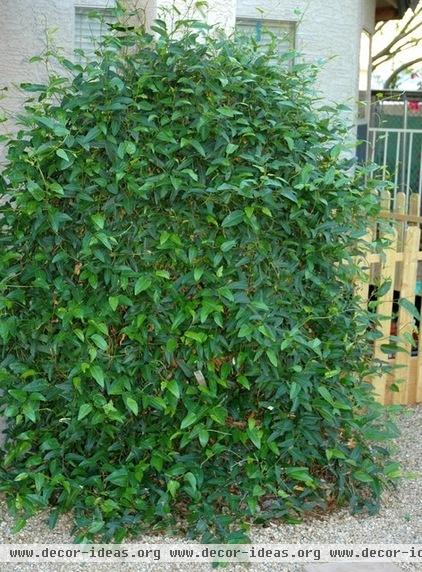
The leaves range from 2 to 4 inches long. When the vine is not in flower, attractive green foliage provides a lush backdrop.
Some frost damage can occur when temperatures dip into the 20s, but in mild winters the foliage will remain evergreen.
Shown: Lilac vine not in flower

How to use it. Break up a bare expanse of wall or use it to provide privacy by growing it over a chain-link fence. Provide a trellis or other support for it to grow up on.
This attractive vine also makes a great ground cover. Pair two different-colored varieties together, like purple and white, so that their flowers will intermix for a truly stunning show of color.
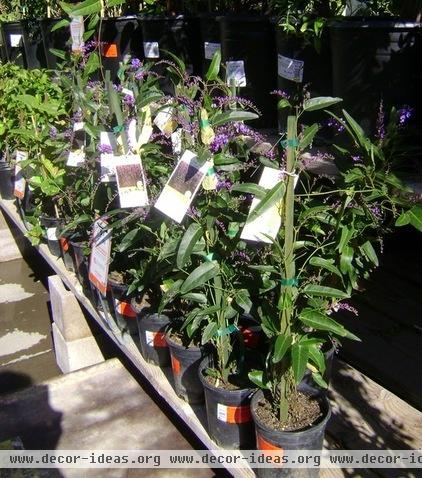
Planting notes. Buy lilac vine in winter or spring, when it is easier to find. Plant it in well-drained soil in full sun or partial shade. Dig a hole three times as wide as the root ball and the same depth as the root ball, which will allow roots to grow outward more easily.
Avoid planting in areas that receive hot afternoon sun in desert regions.
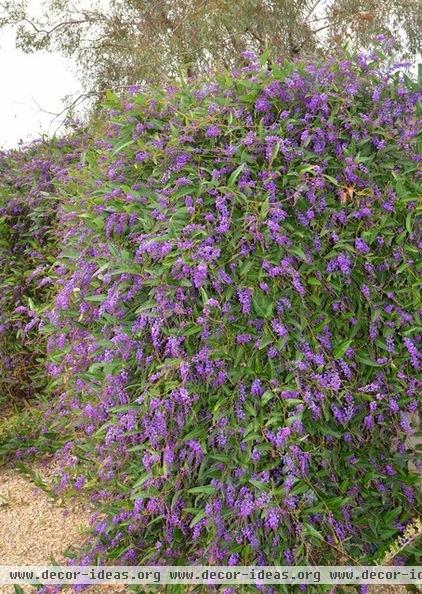
Lilac vines are not fussy — they rarely require supplemental fertilizer or soil amendments. Prune, if needed, to control their size in spring, once flowering has finished.
More: 5 Sensational Flowering Vines for Warm Climates
Related Articles Recommended












